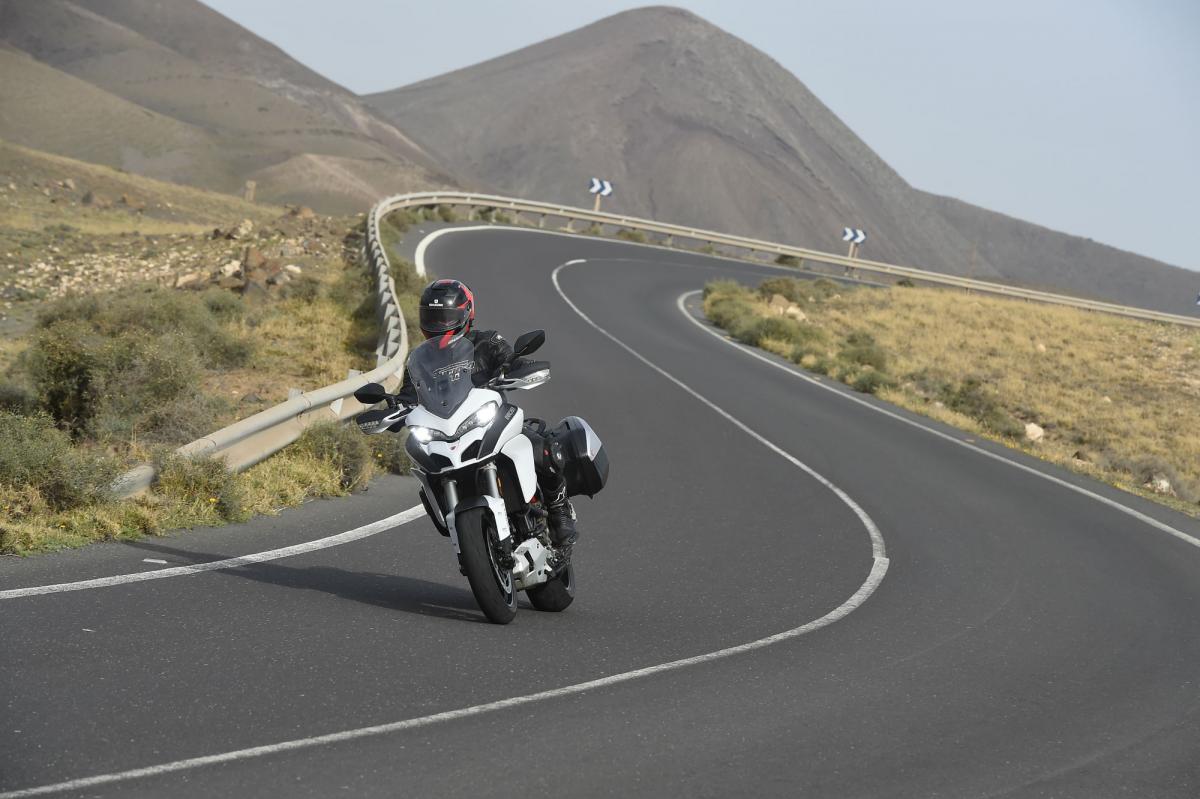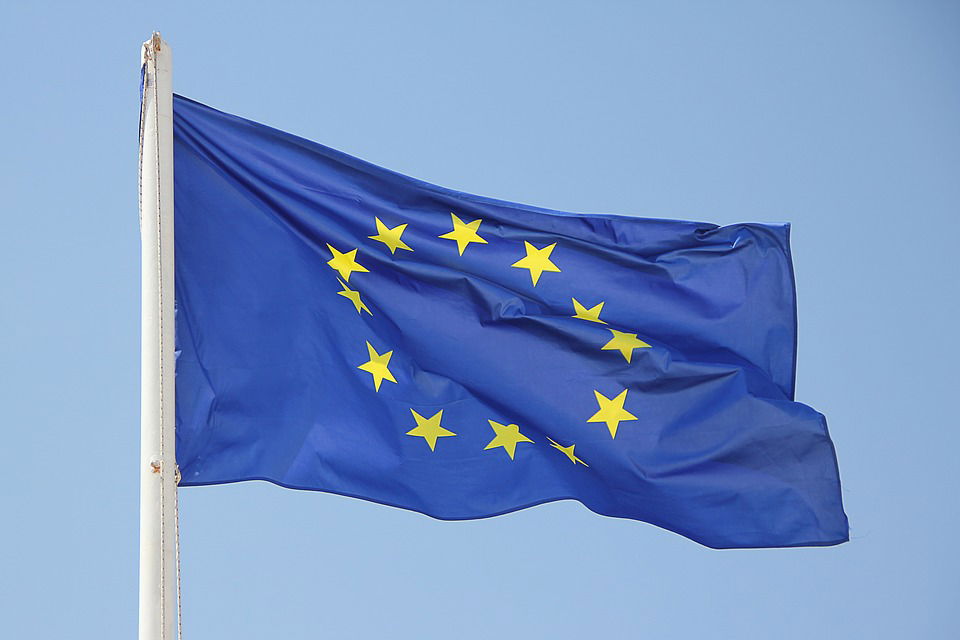What does Brexit mean to bikers?
What are the effects of a no-deal Brexit on motorcycling?

AS POLITICIANS and the public remain deeply divided over the future of Britain’s relationship with the EU, with no sign of an agreement on the horizon, the country is racing towards the ‘default’ resolution to the deadlock; a no-deal Brexit.
Two and a half years on from the referendum that started the country on its journey out of the European Union, time is running out. Brexit is due to take place on 29 March 2019, and if there’s no agreement in the meantime – either to somehow delay Brexit or to adopt the terms currently on the table in Teresa May’s EU deal – then Britain will leave the EU without a deal. Dismissed by most politicians at the time of the EU vote, the prospect of a no-deal Brexit is now looking increasingly like the most likely outcome.
And regardless of your position on Europe, such an outcome will have a big effect on everyone’s lives in the UK.
There’s already a baffling amount of information out there, much of it contradictory or misleading, as to what may or may not happen in the event of a no-deal Brexit, but our interest here is motorcycles and motorcycling, so what implications are there in that narrow field?

Trade
You’ll have heard a lot of talk about the UK reverting to ‘WTO’ rules when it comes to trade, but what exactly does that mean?
The World Trade Organisation maintains an immense database that records types of products and the import duties that countries or trading blocs impose on them. At the moment we’re part of the EU, which means we can trade with other European countries without incurring any tariffs, but once we leave we’ll be outsiders, subject to the taxes they impose.
On motorcycles under 250cc, the EU charges an 8% tariff, and on bikes over that size there’s a 6% duty. Meanwhile, motorcycle parts and accessories are taxed at 3.7% and bike tyres are subject to a 4.5% import duty.
Although once out of the EU, the UK will be able to decide its own levels of tariffs, as a former EU country our duties will initially be the same as the European ones.
What does that mean for customers? Well, if you’re buying a bike made in the EU – for instance, the UK’s perennial best-seller, the BMW GS – there will be an extra 6% tax to be incorporated into its cost.
That might be an incentive to turn to a UK-based manufacturer, like Triumph, but bear in mind that there’s an import duty on motorcycle parts, too, which means pieces that Triumph buys-in from EU suppliers, like their Brembo brakes, will cost the company more, so even British-made bikes are likely to become more expensive in a no-deal scenario.
Of course, a vast number of bikes sold here are imported from Japan, and a no-deal Brexit will also have an impact on them. Although right now Japanese bikes are subject to the EU’s standard tariffs, on 1st February 2019 a new trade deal, the EU-Japan Economic Partnership Agreement, comes into force. It will get rid of the import duties that the EU imposes on Japanese-made motorcycles, motorcycle parts, motorcycle accessories and motorcycle tyres.
On leave the EU, Britain will once again be outside that agreement, defaulting back to the WTO tariffs.
As mentioned above, in a no-deal Brexit the British government will have the sovereignty to set its own import duties, but it will take time to work them out and there’s no indication whatsoever as to whether they’d go up or down.
Exports might be less of an immediate concern to the everyday bike buyer, but they have an impact on industry in this country. Without a deal in place, bikes being exported from the UK to Europe will be taxed by the EU at WTO rates – 6% for everything in Triumph’s range, for instance.
Of course, the government will be trying to get special trade deals to break down these barriers, but they’ll take time. For instance, the deal that’s about to come into force between the EU and Japan has been six years in the making, and it’s been a top priority.
In short, there’s little prospect that a no-deal Brexit will make bikes or any bike-related parts or equipment cheaper, whether they’re imported or home-grown. But there’s a strong chance they’ll become more expensive.

Travel
Riding to the continent is a regular part of life for many of us, and it’s perhaps the place we’ll feel the most immediate impact of a no-deal Brexit.
Yes, your British passport will still get you across into the EU, but there will be changes. You’ll be joining the ‘non-EU’ queues at airports, and going through more stringent checks. Your passport will need to be valid for at least six months after your date of travel.
Of course, if you’re on your bike, you’ll also need your driving licence. But that’s not all. After a no-deal Brexit you’ll also need a Green Card (remember them?) to prove you’re insured to ride, and your EHIC (European Health Insurance Card) won’t be valid anymore, so you’ll need to get private health insurance to make sure you’ll qualify for healthcare on the continent in the event of illness or injury.
What’s more, you’ll need an International Driving Permit (IDP) to drive in EU and EEA countries, even though your existing photocard licence still bears the European flag on the top left corner. Confusingly, there are three different types of IDP, each named after the year that the legislation concerning them was agreed. The oldest (1926) IDP isn’t used in the EU, so it’s irrelevant in Brexit terms, but the two more recent ones – the 1949 and 1968 IDPs – are used in different EU countries. Most use the 1968 IDP, but Ireland, Malta, Spain and Cyprus require the 1949 IDP. Clear? Good.
To get an IDP, you’ve got to visit a Post Office – there’s no way to get one in the post – and not all Post Office branches can issue them. Check the Post Office website to see which ones do. It’s a quick process, so you can walk in with your driving licence and come out with an IDP five minutes later, but the Post Office will relieve you of £5.50 for the privilege. And if, like many, you’re riding through France and into Spain, you’ll need both the 1949 and the 1968 IDP, adding up to an £11 bill. To add an extra layer of confusion, the 1949 IDPs are valid for 12 months, while the 1968 ones – which won’t be available until February – last three years.
As with trade, travel is sure to be subject to endless discussions and deals in the wake of a no-deal Brexit, but despite the adage ‘a week is a long time in politics’, any arrangement to ease travel between countries is likely to take months or years to hammer out.
Of course, at the moment we’re still not guaranteed a no-deal Brexit at all. But with each passing day without an agreement to somehow postpone the UK’s leaving date, or to adopt the deal that’s already on the table from the EU, it becomes increasingly likely. While we’re at the mercy of politicians, making a few preparations – like ensuring your passport has more than six months left before it expires and getting an IDP even you don’t have immediate plans to jump on a ferry – might make life a little easier.

